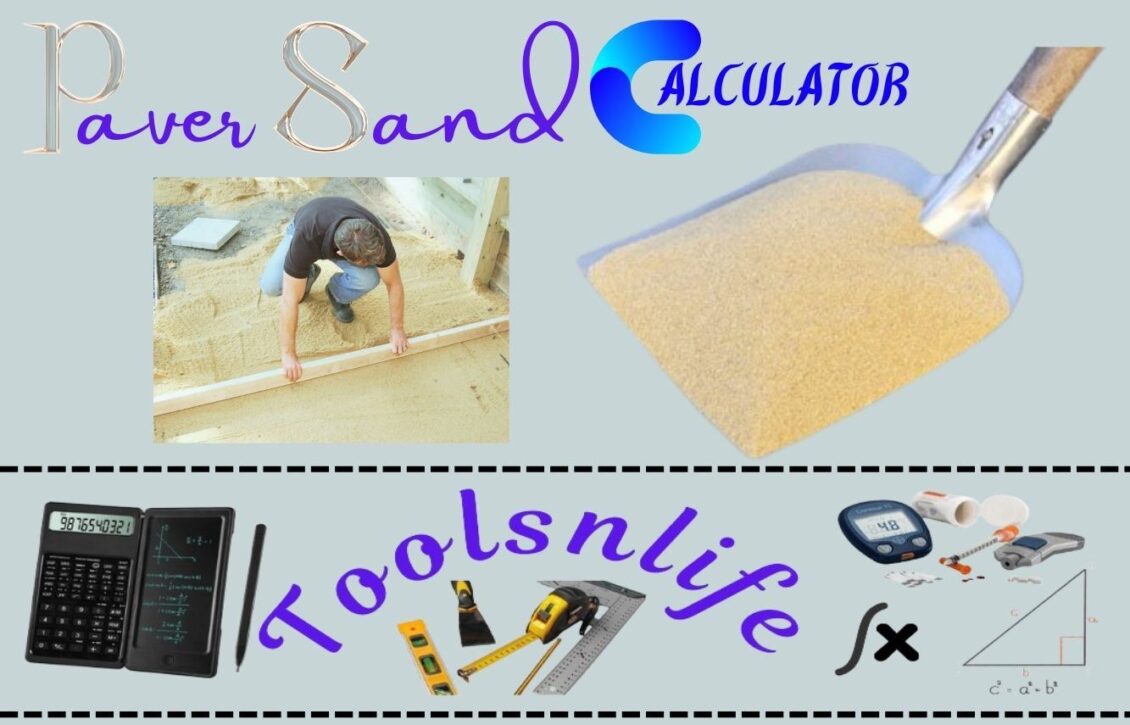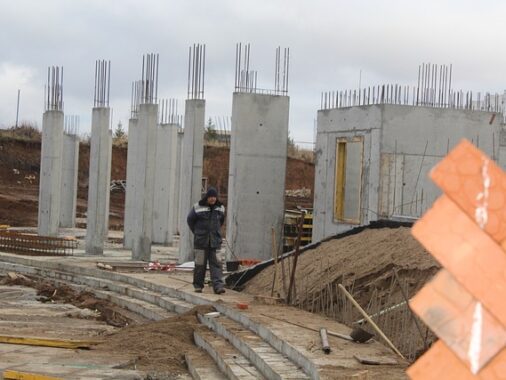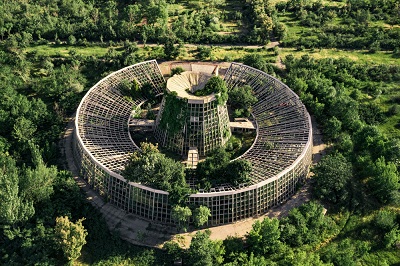The Complete Guide to Paver Sand: Types, Calculations, and Installation Tips
🏆 Pro Tip from Mike, Our Landscaping Expert
“With over 15 years of landscaping experience, I’ve found that accurate sand calculation is the difference between pavers that last decades and those that shift in just one season. Always add 10-15% extra sand to account for compaction and settling.”
Why Proper Sand Calculation Matters
Getting the right amount of paver sand isn’t just about budget—it’s about project success. Too little sand leads to uneven settling and shifting pavers. Too much creates drainage issues and potential washout. Our calculator eliminates the guesswork, but understanding the principles helps you become a more informed DIYer or professional.
Types of Paver Sand and Their Best Uses
Polymeric Sand
Best for: Filling joints between pavers
Pros: Hardens when wet, prevents weed growth
Cons: More expensive, difficult to remove
Concrete Sand
Best for: Base layer under pavers
Pros: Excellent compaction, good drainage
Cons: Not for joint filling
Mason Sand
Best for: Bedding layer directly under pavers
Pros: Fine texture, smooth surface
Cons: Can wash out more easily
Step-by-Step Paver Installation Guide
- Excavation: Dig 6-8 inches deep beyond paver thickness
- Base Layer: Add and compact crushed gravel (4-6 inches)
- Bedding Sand: Spread 1 inch of concrete sand
- Lay Pavers: Place pavers carefully on sand bed
- Joint Sand: Sweep polymeric sand into joints
- Compaction: Use a plate compactor to settle pavers
- Activation: Lightly mist polymeric sand to activate
Common Paver Sand Mistakes to Avoid
- Inadequate compaction: Leads to settling and uneven surfaces
- Wrong sand type: Using play sand instead of masonry sand
- Insufficient depth: Less than 1 inch of bedding sand
- Weather issues: Installing sand when rain is forecast
- Poor drainage: Not accounting for water runoff direction
Long-Term Maintenance Tips
Even perfectly installed pavers need occasional maintenance. Check joints annually for sand loss, especially after heavy rains. Replenish polymeric sand as needed, and always keep surface debris cleared to prevent moisture retention and weed growth.
Frequently Asked Questions
How much does paver sand typically cost?
Prices range from $25-$50 per ton, with polymeric sand costing $300-$500 per ton. Always buy slightly more than calculated to account for compaction and waste.
Can I use regular sand instead of specialized paver sand?
We don’t recommend it. Regular sand lacks the angularity needed for proper compaction and may contain organic matter that leads to settling.
How often should I replace the sand between pavers?
With proper installation, polymeric sand can last 5-10 years. Regular masonry sand may need replenishing every 2-3 years depending on weather conditions.
Ready to Start Your Project?
Now that you’re equipped with expert knowledge and our precise calculator, you’re ready to tackle your paver project with confidence. Remember, proper planning and accurate calculations are the foundation of any successful landscaping project.






